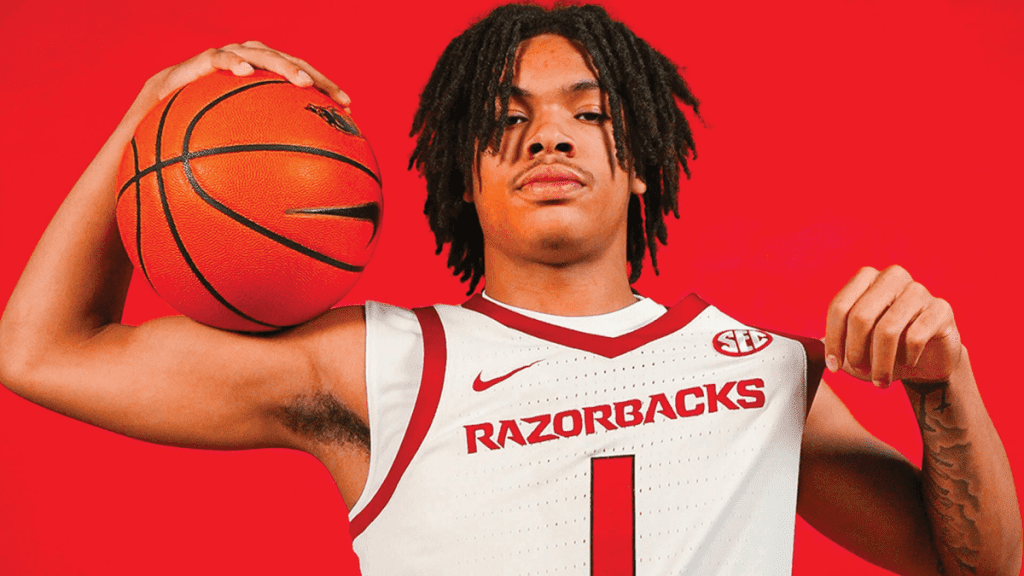The SEC had an outstanding previous season, achieving remarkable milestones that can be described as historical.
This included a record-setting 14 bids to the NCAA Tournament—featuring six teams as three seeds or higher—three consensus All-American first-team players, four teams reaching the regional finals, and a national championship win, marking the conference’s most successful year in its 92-year history.
As the SEC enters its 93rd year, the focus is on replicating last year’s success. The top teams in the conference boast some of the most talented rosters in college basketball, with expectations set high for national championship runs.
The depth of these teams indicates that many could achieve at least 20 wins, potentially matching the SEC’s remarkable NCAA showing from last season.
The Contenders (Florida, Kentucky, Tennessee, Arkansas)
Florida, the reigning champions, have retained four of their top five frontcourt scorers, strengthened their backcourt with three transfers averaging over 13 points each at their previous schools, and welcomed two four-star freshmen. They are once again serious contenders for the top overall seed in March.
Kentucky, under new head coach Mark Pope, aims to rebuild by focusing on defense after replacing four starters. The frontcourt now includes NBA prospects and elite playmakers, setting a solid foundation for the season.
Tennessee, coached by Rick Barnes, has consistently remained in the SEC mix and will continue to do so with a revamped backcourt and returning key pieces, forming a strong starting lineup.
Meanwhile, Arkansas is excited about the addition of five-star freshmen Darius Acuff, who will step into a significant role, supported by three returning players who each saw significant playing time last season. A strong finish to the last season has propelled their momentum into 2025-26.
The Second Tier (Auburn, Texas, Alabama, Oklahoma)
Auburn faces some uncertainty after losing head coach Bruce Pearl but retained the entire roster after his sudden departure. However, the loss of four starters might cause some initial challenges.
Texas, led by Sean Miller this season, aims to overcome the challenges of a tough position with two returning backcourt players and a new frontcourt that meets SEC standards. Finding a reliable scorer to fill the void left by Tre Johnson is crucial.
The Alabama program has seen improvements, with expectations of a successful season hinging on the health and performance of their backcourt. Building dependable depth will also be essential for their championship ambitions.
Oklahoma, recovering from a poor finish last season, has worked hard in the transfer market to find replacements for lost talent and aim for another shot at an NCAA berth in 2025-26.
The Bubble Teams (Mississippi State, Mississippi)
Mississippi State has retained its scoring powerhouse, Josh Hubbard, while also making impactful transfers like Achor Achor and Quincy Ballard. If these newcomers gel well, the Bulldogs might secure another strong season.
On the other hand, Mississippi under coach Chris Beard must replace four starters and a significant amount of playing time, transitioning to a smaller lineup which could be a disadvantage in the SEC.
The Fringe March Teams (Missouri, Texas A&M, Vanderbilt, Georgia)
Missouri needs to enhance its defense to match its efficient offense, which is addressed by adding Shaun Phillips Jr. to bolster the roster’s size.
Texas A&M, under new coach Bucky McMillan, will implement changes in style and team composition, looking to rebuild from the ground up with no returning players.
Vanderbilt seeks consecutive NCAA appearances in the Mark Byington era, riding on the well-rounded team he has assembled in Nashville.
Georgia’s focus has been on revamping its backcourt, incorporating two transfers who excelled at scoring in the previous season.
The Basement (LSU, South Carolina)
LSU and South Carolina struggled last season and are expected to find it difficult this year as well, with both teams losing key players and needing to rely on transfers to boost scoring efforts. Their overall roster depth remains a concern.



